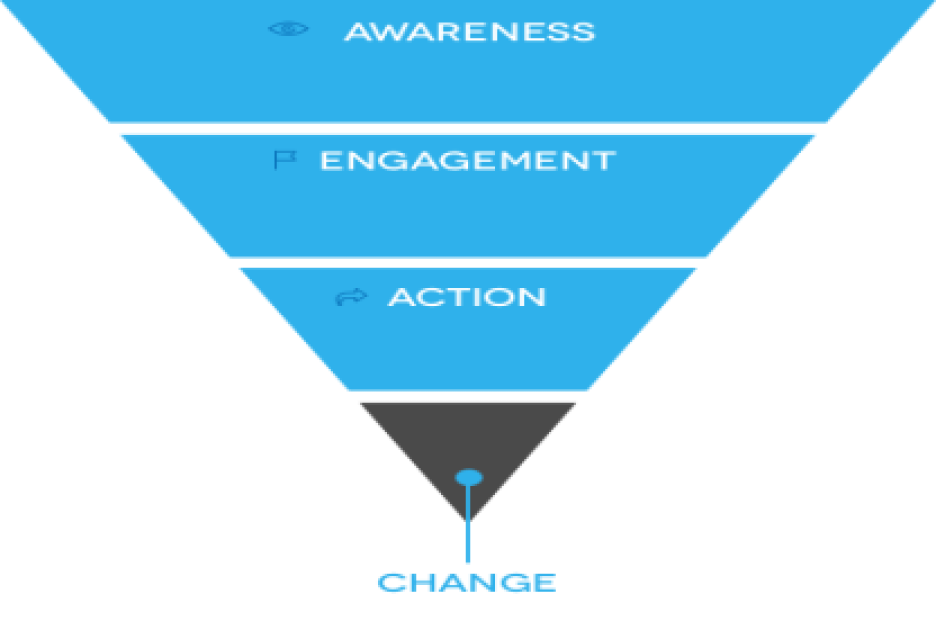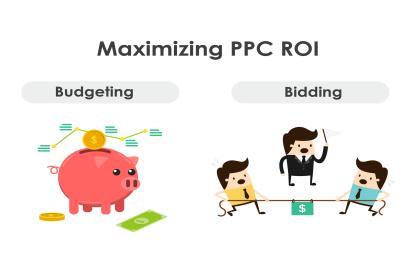
- 10 June 24
Understanding Ad Analytics: Key Metrics for Success
In the world of digital marketing, data drives decision-making. Ad analytics provide businesses with the insights needed to understand the performance of their campaigns and guide future strategies. By tracking key metrics, businesses can optimize their advertising efforts and achieve greater success. Understanding these key metrics is crucial for businesses aiming to maximize their return on investment (ROI) and improve their overall marketing strategy.
Why Ad Analytics Matter
Ad analytics give businesses a clear view of how their campaigns are performing. Rather than guessing whether an ad is working, analytics provide concrete data on what’s effective and what’s not. This helps businesses make informed decisions, optimize their campaigns, and allocate their marketing budgets efficiently.
By understanding ad analytics, businesses can answer essential questions such as:
- How many people saw the ad?
- Did the ad drive traffic to the website?
- How much did each conversion cost?
With this information, businesses can adjust their strategies to increase engagement, lower costs, and improve overall ad performance.

Impressions and Reach
Impressions and reach are two basic yet essential metrics in ad analytics. They provide insight into the visibility of your ads.
Impressions: This refers to the total number of times your ad was displayed, regardless of whether it was clicked or interacted with. High impressions can indicate that your ad is being seen by a broad audience, but impressions alone don’t guarantee engagement.
Reach: Reach measures the number of unique users who have seen your ad. This metric is important for understanding how many individual people have been exposed to your campaign. If you have high reach but low engagement, you may need to revisit your ad content or targeting strategy.
Click-Through Rate (CTR)
The Click-Through Rate (CTR) is one of the most important metrics for evaluating the effectiveness of your ad. CTR measures the percentage of people who clicked on your ad after seeing it. It is calculated by dividing the number of clicks by the number of impressions.
A high CTR indicates that your ad is resonating with your audience and encouraging them to take action. If your CTR is low, it may suggest that your ad creative, messaging, or targeting needs improvement.
Conversion Rate
The conversion rate is another critical metric for measuring ad success. It tracks the percentage of users who took a desired action after clicking on your ad, such as making a purchase, signing up for a newsletter, or filling out a form.
A high conversion rate shows that your ad is not only attracting clicks but also driving meaningful actions. Improving your conversion rate can significantly impact your bottom line, making this metric crucial for any campaign focused on generating leads or sales.
Cost Per Click (CPC)
Cost Per Click (CPC) tells you how much you’re paying for each click on your ad. It is calculated by dividing the total ad spend by the number of clicks. CPC is an essential metric for managing your advertising budget.
A lower CPC means you're getting more clicks for less money, making your campaign more cost-effective. Monitoring CPC allows businesses to ensure they’re not overspending while still driving traffic to their site.

Cost Per Conversion (CPA)
Cost Per Conversion, also known as Cost Per Action (CPA), measures how much it costs to achieve a desired action, such as a sale or a lead. It is calculated by dividing the total cost of the campaign by the number of conversions.
CPA is a crucial metric for understanding the return on investment (ROI) of your advertising efforts. If your CPA is too high, it means you're spending too much to acquire each customer or lead, and adjustments need to be made.
Return on Ad Spend (ROAS)
Return on Ad Spend (ROAS) measures the revenue generated for every dollar spent on advertising. It is a critical metric for understanding the overall profitability of your ad campaigns. ROAS is calculated by dividing the revenue generated by the total ad spend.
A high ROAS indicates that your campaigns are driving significant revenue compared to what you’re spending. If your ROAS is low, you may need to optimize your campaigns to generate better results or reallocate your budget to more profitable channels.
Bounce Rate
Bounce rate measures the percentage of users who click on your ad but leave your website without interacting further. A high bounce rate may indicate that your ad is either misleading or not relevant to the landing page content.
Reducing bounce rate involves ensuring that the message in your ad aligns with the landing page content and offering a seamless user experience.
Engagement Metrics
Engagement metrics track how users interact with your ads. These metrics can include likes, comments, shares, and video views. While engagement metrics don’t always lead directly to conversions, they are valuable for measuring brand awareness and customer interest.
High engagement rates can indicate that your ad resonates with your audience, driving greater brand recognition and trust. Social media platforms, in particular, rely heavily on engagement metrics to determine ad performance.
Frequency
Frequency measures how often your ad is shown to the same user. While it's essential to increase visibility, showing your ad too frequently can lead to ad fatigue, where users become tired of seeing the same content repeatedly.
A balanced frequency ensures your ad stays top of mind without overwhelming the audience. Monitoring this metric helps businesses adjust their ad rotation to maintain interest without causing frustration.

A/B Testing for Performance Optimization
One of the best ways to improve ad performance is through A/B testing. A/B testing involves creating two or more versions of an ad with slight variations, such as different headlines, images, or calls-to-action. By running these variations simultaneously, businesses can analyze which performs better and use the insights to optimize future campaigns.
A/B testing allows businesses to continually refine their ad content and targeting strategies, ensuring better performance over time. It also minimizes the risk of spending too much on ineffective ads by identifying what resonates most with the target audience.
The Importance of Tracking and Adapting
Ad analytics are not a one-time activity. The digital landscape is constantly evolving, and what works today may not work tomorrow. Regularly reviewing ad performance and adapting strategies based on the data ensures that businesses stay competitive.
By understanding and tracking these key metrics, businesses can make smarter decisions, optimize campaigns, and achieve long-term success in their advertising efforts.
Conclusion
Understanding ad analytics is essential for any business that wants to thrive in digital advertising. By monitoring key metrics like CTR, conversion rate, CPA, and ROAS, businesses can ensure they are making the most of their advertising spend. With the ability to track performance in real time, optimize campaigns, and A/B test different strategies, businesses can stay ahead of the competition and achieve better results.



